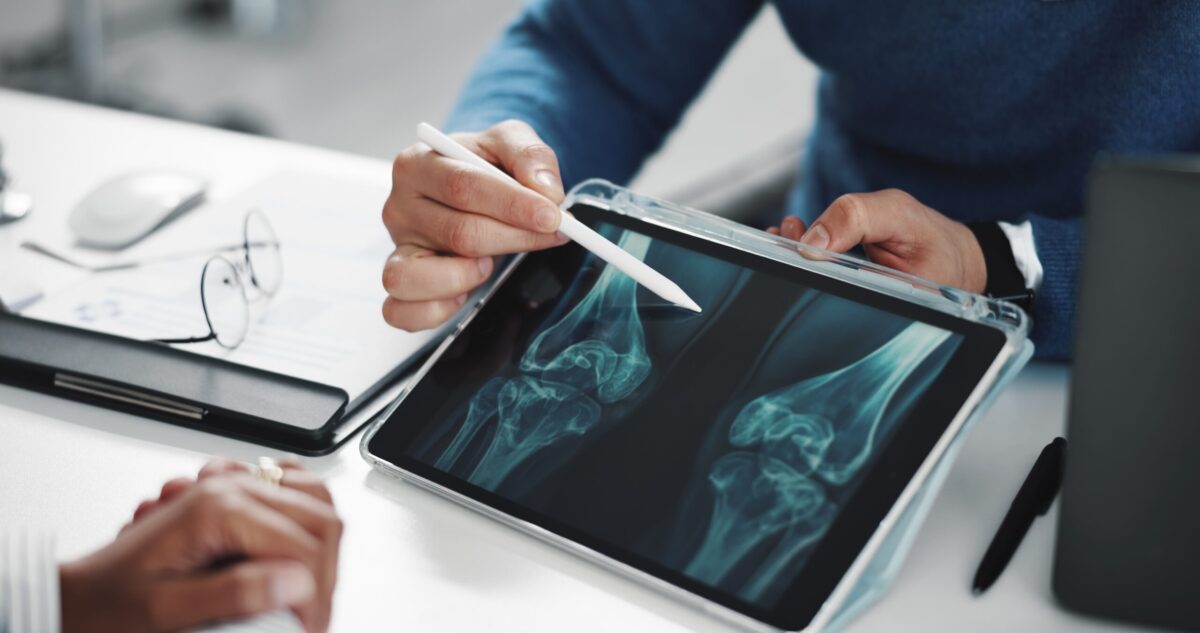Engineers at the University of Connecticut have developed a biodegradable sensor capable of measuring pressure in multiple tissues in the body. The details of the device were published in the Proceedings of the National Academy of Sciences.
Current pressure sensors must be removed after a set period, requiring patients to undergo additional surgical procedures with potential risks. In comparison, the biodegradable sensor collects pressure data from the lungs, brain or other areas, and eventually biodegrades.
The sensor is composed of the same FDA-approved materials used in other medical implants, and is small and flexible enough to be inserted into tissues in a minimally-invasive way. It works by emitting a small electrical charge when it senses pressure, which can be transmitted to an external device outside the body.
“We are very excited because this is the first time these biocompatible materials have been used in this way,” said Thanh Duc Nguyen, the paper’s senior author and an assistant professor of mechanical and biomedical engineering in the Institute of Regenerative Engineering at UConn Health. “Medical sensors are often implanted directly into soft tissues and organs. Taking them out can cause additional damage. We knew that if we could develop a sensor that didn’t require surgery to take it out, that would be really significant.”
The researchers developed the device by altering a common medical polymer known as Poly(L-lactide), or PLLA, through a combination of heating, stretching and cutting. This gave the normally-inert compound the ability to emit an electrical charge under pressure.
Nguyen and colleagues tested their prototype device by implanting it in the abdomen of a mouse to monitor its respiratory rate. The device was able to measure diaphragmatic contractions for a period of four days, at which point it’s components were absorbed into the tissue.
In a separate experiment, the device was implanted into a mouse’s back to determine whether the sensor would elicit an immune response. While the research team noted some localized inflammation after insertion of the device, the tissue recovered after four weeks.
The next step for the team is to improve the lifespan of the sensor for longer-term monitoring, while retaining the biodegradable features of the implant. The researchers also say that the device could be used to promote tissue regeneration, or monitor the progression of diseases like bladder cancer, glaucoma and heart disease.
“There are many applications for this sensor,” said Nguyen. “Let’s say the sensor is implanted in the brain. We can use biodegradable wires and put the accompanying non-degradable electronics far away from the delicate brain tissue, such as under the skin behind the ear, similar to a cochlear implant. Then it would just require a minor treatment to remove the electronics without worrying about the sensor being in direct contact with soft brain tissue.”












Join or login to leave a comment
JOIN LOGIN